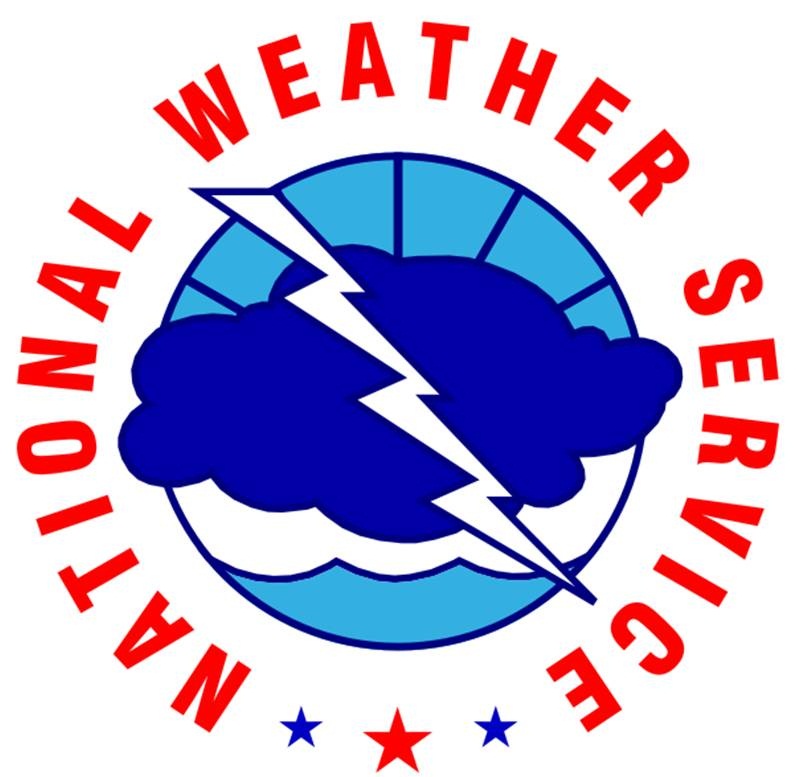
The primary mission of the National Weather Service is to save lives and property through the issuance of timely watches, warnings, and advisories. But all the warnings issued don't mean a thing if people don't receive them and take proper precautions. After the events of April 27, 2011, meteorologists and social scientists ramped up their collaborative efforts to find ways to get people to heed tornado warnings and take protective action. One issue that is often discussed is that of False Alarms.
A False Alarm occurs when a warning is issued for an expected hazard (such as a tornado), but that hazard never materializes. The theory goes that when there are too many false alarms, over time people tend to disregard the warnings that are issued. Similar to "the boy who cried "'Wolf'", when a real threat later does develop, people may incorrectly ignore a warning that could save their lives.
Of course, one big difference between Aesop's fable and NWS false alarms is that the boy in the fable was crying "wolf" to trick the other villagers, while NWS meteorologists issue warnings based on scientific principles and data. Scientists know that false alarms are not desirable.
One obvious way to reduce false alarms is to arbitrarily issue fewer warnings -- that is, indiscriminately reduce the number of warnings for all storms that may pose a tornado threat. One unwanted side effect for this unscientific approach is that, even though there will be fewer false alarms, there will also be more tornadoes that go unwarned. Meteorologists use a statistic called Probability of Detection, or POD, to describe the percentage of tornadoes that occur after a warning is issued, compared to the number of tornadoes that occur when no warning is issued. The higher the POD, the better -- a higher number means you are correctly detecting and issuing warnings for tornadoes before they touch down.
A final statistic that meteorologists use to measure tornado warning efficiency is Lead Time (LT), which is simply the amount of time between when a tornado warning is issued and when the tornado first touches down. A higher lead time is better, because it gives people more time to take shelter. A tornado that occurs before a warning is issued is assigned a Lead Time of zero.
You may now begin to see the balancing act that NWS meteorologists have to perform when faced with decisions on issuing tornado warnings. If they issue a warning for every little storm out there, the POD and LT will both be very high (nearly all tornadoes will have warnings well before touch down), but the False Alarm Rate (FAR) will also be very high. If they only issue warnings for the strongest storm rotations or actual visual sightings of tornadoes already on the ground, then there will be fewer false alarms, but both the POD and LT will suffer badly. Therefore, meteorologists want to reduce false alarms while maintaining a suitable level of POD and Lead Time.
After the events of April 2011, meteorologists at the National Weather Service Office in Birmingham stepped up their research to try to do just that -- minimize the number of tornado warning false alarms, while maintaining their already high POD and LT numbers. Research was done to try to really hone in on what environments tended to lead to tornadoes versus those that didn't.
One method that has shown some promise is looking at how high the base of the cloud is in storms that show strong rotation. It turns out that (all other things being equal) rotating storms in Alabama tend to produce tornadoes more when the cloud bases of those storms are around 2300 to 2600 feet (700 to 800 meters) above the ground. Any higher than that, and it seems that the circulation or funnel cloud has a more difficult time getting all the way down to the ground.
Other areas of research focus include trying to determine which circulations embedded within lines of severe thunderstorms are more likely to produce tornadoes, as well as determining how strong radar-detected storm circulations have to be in different environments before they start to produce tornadoes. Finally, advancements in radar technology, such as dual-pol and faster scanning strategies, have also helped in the tornado warning decision process.
So, how have we done? Using the data from the National Weather Service's own Performance Management website, we ran the tornado warning verification statistics for the storm-based warning era (which began October 2007) issued by our office up to March 2011, and then compared them to our same statistics from May 2011 through May 2014. (We chose not to include the actual month of April 2011 in either set of stats, since we wanted to get a sense of what our stats were before and after -- but not during -- that anomalously active month):

October 2007 – March 2011
Number of tornadoes: 158
Number of Tornado Warnings: 522
POD: 70.6%
FAR: 83.0%
LT (minutes) 14.75
May 2011 – May 2014
Number of tornadoes: 94
Number of Tornado Warnings: 132
POD: 70.6%
FAR: 58.3%
LT (minutes): 14.60
Notice that while our FAR was reduced by nearly 26 percentage points (a reduction of 31%), our POD was unchanged and our LT suffered a loss of only 9 seconds. This certainly lends some evidence to the idea that false alarms can be reduced through scientific research, and not just through numbers/stat management.
Of course, research is never finished and meteorologists are constantly looking for ways to improve tornado warning efficiency. We will continue to pour through data, and continue to try to find ways to reduce false alarms, while also increasing POD and Lead Time.